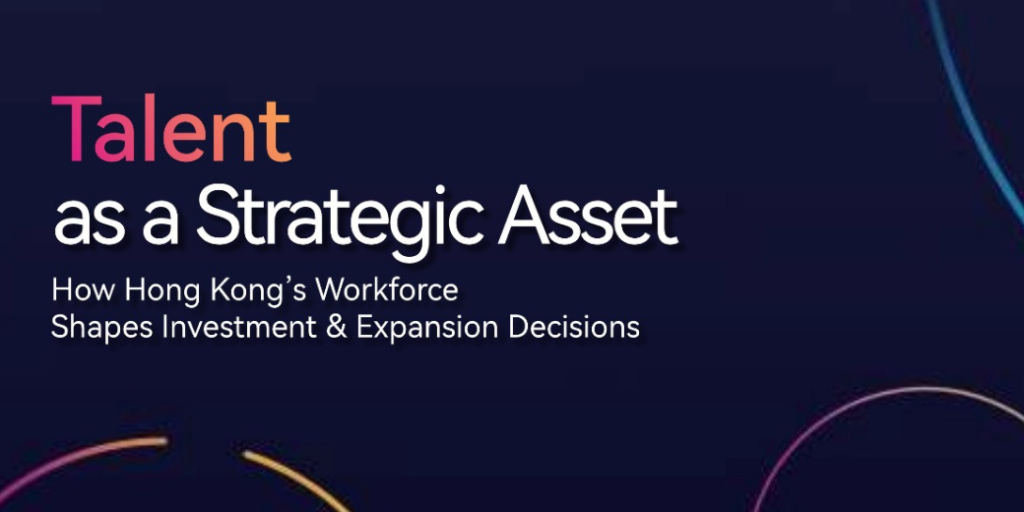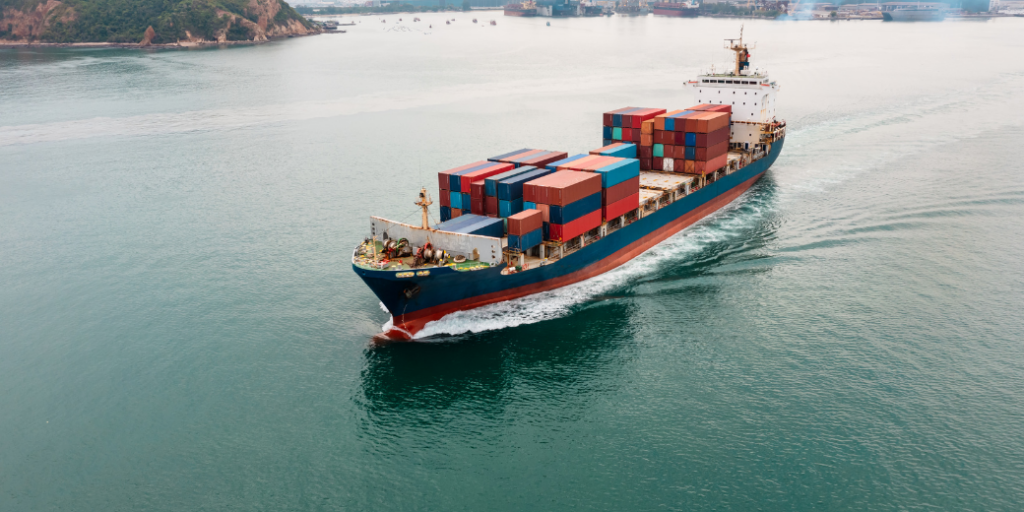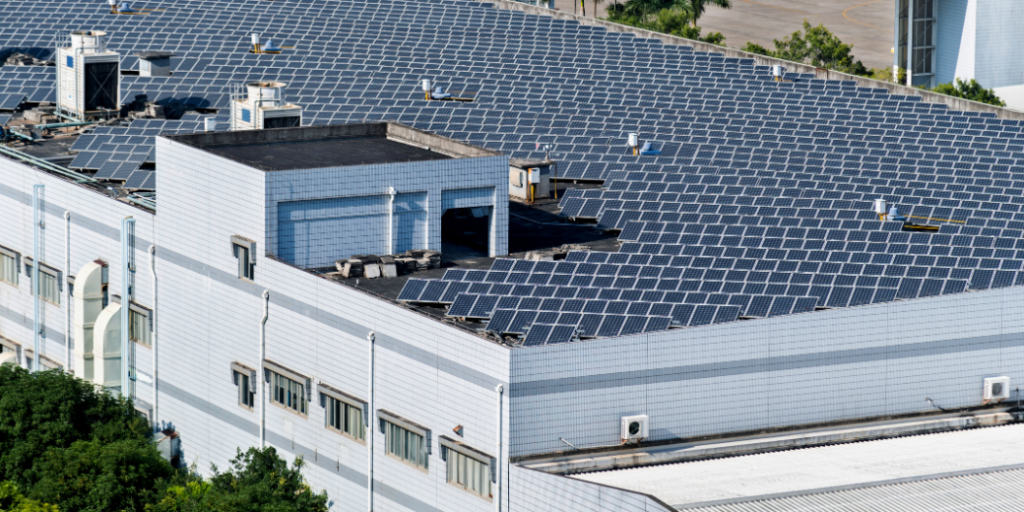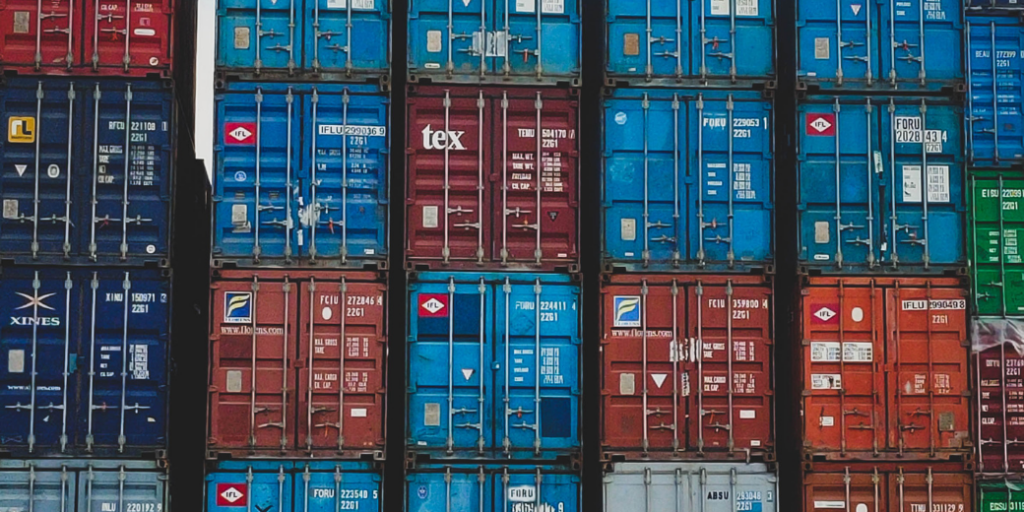Trend Reports
Key M&A Insights and Trends in Southeast Asia 4Q 2024

Highlights from Deal Activity in Q4 2024
| High-Value Deals Mitigate Declining Volume
The fourth quarter of 2024 saw a notable shift in Southeast Asia’s mergers and acquisitions (M&A) landscape, marked by decreased deal volume but punctuated by high-value transactions. Total deal value reached USD 14.2 billion—down by 10.4% QoQ—while deal volume dropped by 27.5% QoQ. Yet these figures belie a few standout deals that significantly buoyed the region’s totals. The top five transactions collectively accounted for over 40% of all M&A value in 4Q, indicating that although overall investor sentiment is more measured, capital remains available for the right strategic opportunities.
| Cautious Optimism Drives Cross-Border Investment
Investors remain cautious amid continued geopolitical tensions, lingering inflationary pressures, and an uneven global recovery. Despite this, inbound and inter-region deals increased in 4Q, representing 41.3% and 45.6% of total value, respectively, while outbound deals fell to 13.0%. This shift underscores the attractiveness of Southeast Asia’s consumer-driven markets, natural resources, and fast-evolving tech sector, even in a less bullish climate. On a country-by-country basis, Indonesia generated the highest deal value (USD 4.8 billion), marking a strong surge from the previous quarter, while Malaysia recorded a sixfold jump on the back of two major acquisitions. Singapore’s deal value slipped by 36.6% due to fewer large-cap deals, but it remained the region’s second-leading market, continuing to draw cross-border interest thanks to its sophisticated financial ecosystem.
Market Trends: Resilient Inbound Flows and Strategic Consolidation
| Inter-Region and Inbound Deals Remain Resilient
Despite the quarterly decline, Southeast Asia’s 4Q M&A activity still closed with some substantial announcements. Inter-region deals rose slightly in proportion to 45.6% of total deal value—up from 43.2%—suggesting that major cross-border activity persists among regional players. Likewise, inbound investment accounted for 41.3% of the overall figure. Heightened selectivity is evident, as due diligence processes have become lengthier, reflecting buyers’ appetite for stable cash flows and defensible market positions.
| Industry Consolidation Continues Across Southeast Asia
Meanwhile, the region continues to witness consolidation across industries. The decline in deal volume implies that companies have become choosier about targets, focusing on synergies, market expansion, and immediate revenue impact. Several large conglomerates also pursued bolt-on acquisitions to shore up supply chains or expand in key ASEAN markets. Outbound deals, however, contracted significantly, reflecting Southeast Asian acquirers’ wariness of venturing too far afield amidst uncertain global macro conditions.
| Mid-Market Deals Face Stronger Headwinds
Underneath these trends lies another crucial theme: the mid-market segment appears especially sensitive to ongoing economic headwinds. Many smaller firms in manufacturing, logistics, and early-stage technology have reportedly delayed M&A discussions or sought bridging investments over outright sales. As credit conditions tighten and valuations become more conservative, mid-range deals are also susceptible to elongated negotiations.
Key Sectors Driving M&A: Mining, Consumer, and Industrial
Three sectors stood out in 4Q 2024: mining, consumer products, and industrial products. Each demonstrated resilience despite the broader slowdown.
| Mining: Capital-Intensive but Rewarding
Mining posted the largest average deal size this quarter, primarily driven by Alamtri Resources Indonesia’s share sale in Adaro Andalan Indonesia, valued at USD 2.175 billion. This not only elevated Indonesia’s country-level total but also signalled ongoing faith in commodities’ long-term value. Despite commodity price volatility and ESG scrutiny, resource-focused acquirers and private equity players remain drawn to the region’s abundant natural reserves.
| Consumer Products: Tapping ASEAN’s Rising Demand
Consumer products M&A benefitted from Southeast Asia’s expanding middle class and shifting consumer preferences. A headline deal was Affinity Equity Partners’ USD 1.2 billion acquisition of Indonesian gummy confectioner Yupi Indo Jelly Gum. In Malaysia, the same firm acquired Golden Fresh for USD 450.0 million. These transactions underscore investors’ conviction in ASEAN’s consumption story, provided that targets possess solid brand equity, distribution networks, or niche product portfolios.
| Industrial Products: Modernising for Competitiveness
Industrial deals also generated significant value. Manufacturers specialising in advanced components, supply chain optimisation, or region-wide production footprints have proved attractive to foreign strategics and local conglomerates. This is partly due to ongoing moves to localise production and reduce reliance on more distant markets, as well as efforts to bolster intra-ASEAN trade. For instance, expansions in automotive parts, specialised machinery, and electronics assembly have attracted both inbound investments and inter-region tie-ups.
Country Highlights: Policy and Big Tech Shaping M&A Potential
Each major market in ASEAN (plus India) offers a unique environment for prospective acquirers, shaped by new legislation, technology partnerships, and shifting consumer trends.
| Singapore: Upholding a Global Fintech and AI Hub
Singapore maintains its edge through stringent, forward-thinking regulations. The Monetary Authority of Singapore’s proposed licensing framework for digital token service providers extends regulatory reach to overseas operations, encouraging compliance among a wide swathe of market participants. Company-level developments include NETS’s rollout of SGQR+, a unified payment code, and SAP SEA’s SGD 12.0 million push into AI solutions for advanced manufacturing. These factors cement Singapore’s reputation as a leading sandbox for fintech, AI, and corporate innovation.
| Malaysia: Foreign Tech Inflows Boost Digital Infrastructure
Malaysia saw a dramatic upturn in deal value, buoyed by IHH Healthcare’s acquisition of Island Hospital (USD 958.5 million) and TotalEnergies SE’s purchase of SapuraOMV Upstream (USD 705.3 million). Beyond these headline moves, high-profile cloud investments by AWS and Oracle underscore the country’s aspirations to become a data centre hub. Concurrently, updated data protection laws, coupled with the new Cyber Security Act 2024, signal the government’s commitment to safeguarding digital activities, thereby increasing investor confidence in tech ventures.
| Vietnam: Promoting Education and Automotive Growth
Vietnam advanced two key sectors—education and automotive—through updated laws. Decree 124/2024/ND-CP raises requirements for foreign-invested educational institutions, hoping to attract top-tier foreign universities. Meanwhile, a 50% reduction in registration fees for domestically assembled cars aims to strengthen local manufacturing and stimulate automotive demand. These moves reflect Vietnam’s broader strategy to climb the value chain and become a hub for both industry and knowledge-based investments.
| Thailand: AI-Driven Telecom and Blockchain for Financial Services
Thailand’s M&A prospects remain shaped by digital finance, telecommunications, and consumer-facing technology. On the corporate side, True Corporation ramped up 5G improvements using AI, while Lazada deployed AI-driven shopping solutions. The government, through agencies such as ONDE and ETDA, is tackling cyber fraud and app accessibility, ensuring a safer digital environment. Additionally, Kasikornbank’s launch of Orbix Custodian points to a nascent but promising digital asset ecosystem, potentially spurring future M&A in fintech and blockchain services.
| Indonesia: Data Protection and 5G Transform Key Industries
Indonesia’s large consumer base and dynamic tech sphere continued to draw investors, despite complex regulatory updates. Enforcement of the Personal Data Protection Law (UU PDP) and the introduction of 5G standalone networks in maritime hubs show an urgency to modernise data governance and industrial operations. Noteworthy corporate moves include Tether and Reku’s joint drive to improve crypto literacy nationwide, plus AI integrations in the FMCG supply chain. The result is a vibrant marketplace for technology M&A, with growth potential across consumer goods, logistics, and financial services.
| India: Advanced Technologies and Regulatory Overhauls
India, while outside ASEAN, nonetheless intersects strongly with Southeast Asian M&A. Proposed measures such as the Digital Competition Bill aim to promote fair competition, particularly among tech giants. Corporate highlights include Tech Mahindra’s collaboration with Google Cloud to deploy generative AI in automotive safety checks, Chevron’s planned USD 1.0 billion tech hub in Bangalore, and Nokia’s multi-year 4G/5G project with Vodafone Idea. These developments foreshadow cross-border deals as India’s own technology landscape matures and aligns more closely with Southeast Asia’s ecosystem.
Unlock M&A Insights in Southeast Asia with Speeda
The trends shaping Southeast Asia’s M&A landscape signal both challenges and strategic opportunities for investors. While deal volume has softened, major transactions and sector-specific resilience highlight the enduring appeal of this dynamic region.
For a deeper dive into these evolving market dynamics, check out the full M&A Quarterly Outlook report now. In just five minutes, gain comprehensive insights into global and ASEAN-6 market trends, backed by Speeda’s extensive coverage of over 560 industries and 11 million companies.


















